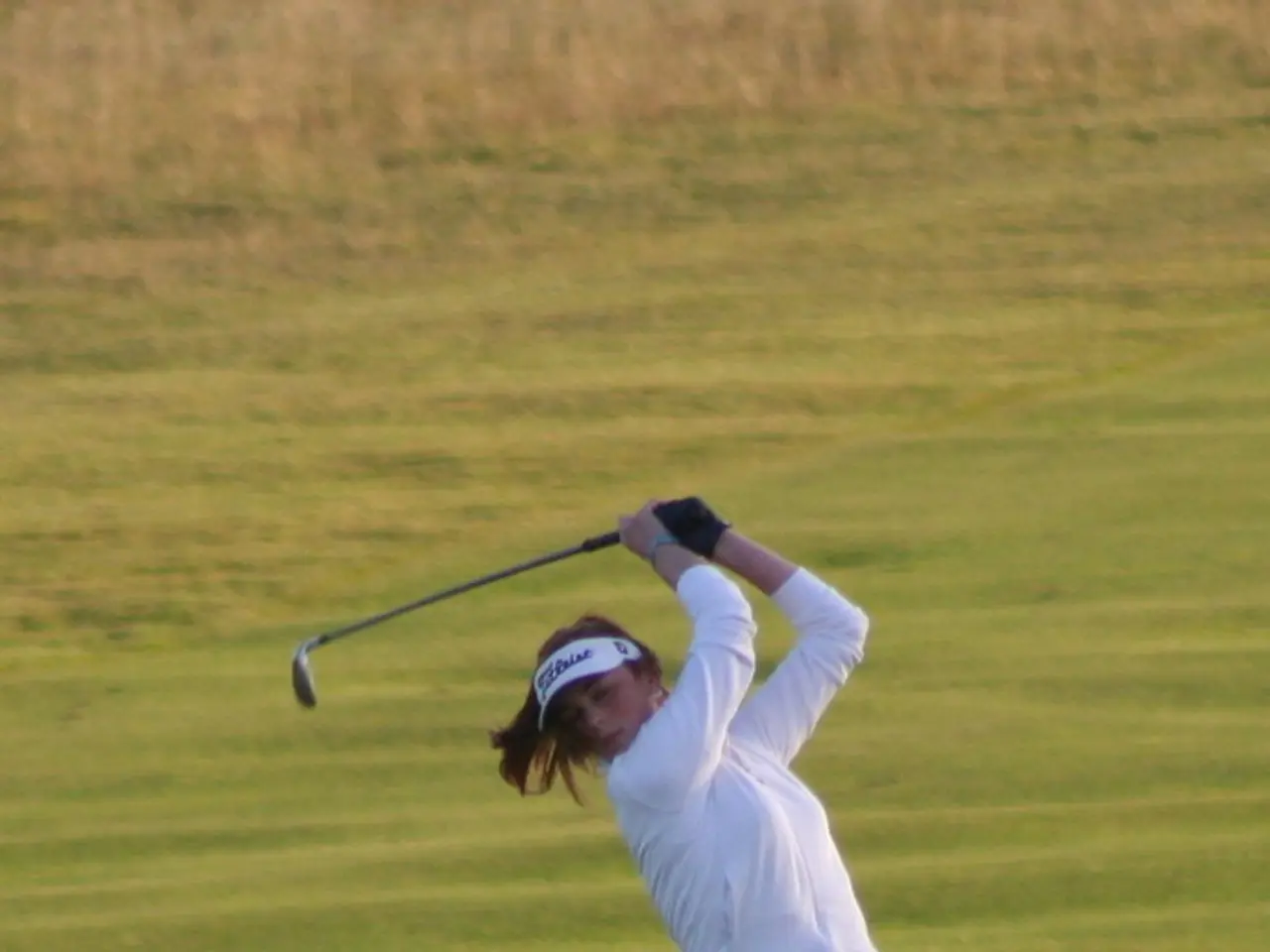Strategies for Coping with Persistent Pain Caused by Golfer's Elbow
Golfer's elbow, medically known as medial epicondylitis, is a common condition that causes pain and inflammation in the tendons connecting the forearm muscles to the inner side of the elbow. This condition can make performing simple daily tasks difficult and may affect your ability to play sports or engage in physical activities.
Diagnosis and Treatment
If you're experiencing symptoms of golfer's elbow, it's essential to consult with a healthcare professional for an accurate diagnosis and personalized treatment plan. A healthcare provider can help identify the cause of your pain and recommend appropriate treatments.
Rest is one of the best ways to allow the body to heal from golfer's elbow. By avoiding activities that worsen symptoms and giving the elbow time to recover, you can speed up the healing process. Over-the-counter pain medications, such as nonsteroidal anti-inflammatory drugs (NSAIDs), can provide temporary relief from golfer's elbow pain, but it's important to consult with a healthcare provider before taking any medication.
Applying ice to the affected area can help reduce inflammation and relieve pain from golfer's elbow. Wearing a brace or compression band around the forearm can also help alleviate the symptoms. It's crucial to choose a brace that fits well and provides adequate compression without restricting movement.
Physical therapy is a crucial part of the treatment process for golfer's elbow. A qualified physical therapist can guide exercises to strengthen muscles and improve flexibility around the elbow. Ultrasound or electrical stimulation may be used during physical therapy sessions to speed up the healing process. Regular physical therapy sessions can significantly reduce pain and improve function for those suffering from golfer's elbow.
Prevention and Management
Preventing the recurrence of golfer's elbow is essential. Taking frequent breaks, using proper form, and using appropriate equipment can help reduce the strain on the tendons and muscles. Practicing regular strengthening and stretching exercises can help maintain the health of the muscles and prevent future injuries.
Various modalities and therapies can help manage chronic pain from golfer's elbow, such as ultrasound therapy, heat therapy, and laser therapy. Consult with a healthcare professional to determine which modality or therapy would be most beneficial for your specific condition.
No prominent figure was found in the search results who mentioned suffering from Golfer's Elbow in an interview at the beginning of 2023 or described specific treatment strategies. However, it's always a good idea to seek professional advice, especially when dealing with persistent pain or discomfort.
Remember, the key to effective treatment and prevention of golfer's elbow is consistency and patience. Start stretching and strengthening exercises slowly and gradually increase the intensity and duration to avoid further injury.
In conclusion, golfer's elbow can be a challenging condition to manage, but with the right approach, it can be effectively treated and prevented. Consult with a healthcare professional for a personalized treatment plan and take the necessary steps to manage your symptoms and prevent future injuries.
Read also:
- Peptide YY (PYY): Exploring its Role in Appetite Suppression, Intestinal Health, and Cognitive Links
- Toddler Health: Rotavirus Signs, Origins, and Potential Complications
- Digestive issues and heart discomfort: Root causes and associated health conditions
- House Infernos: Deadly Hazards Surpassing the Flames








